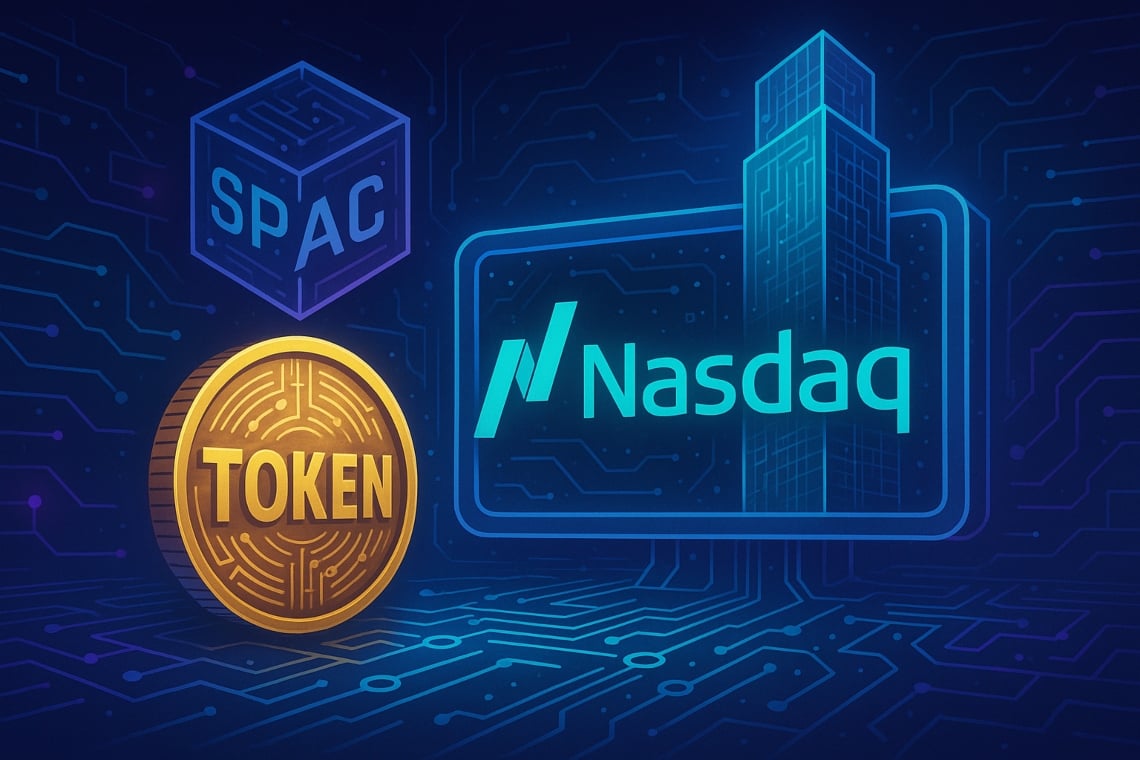The reports that Securitize will go public via a SPAC merger valued at $1.25 billion, a move announced on 28 October 2025 that signals renewed institutional interest in rwa tokenization.
How will rwa tokenization affect markets through Securitize’s SPAC merger?
The deal positions Securitize as a bridge between traditional markets and digital asset tokenization. Backed by investors including BlackRock, the firm intends to scale real-world asset issuance on-chain and enable broader participation in tokenized offerings.
Market participants expect the listing to accelerate tokenized securities trading by improving institutional access, custody and compliance workflows. Adoption will depend on demonstrated asset issuance volumes and interoperable infrastructure.
Who are the backers and what is the Cantor Fitzgerald SPAC structure?
Securitize is merging with Cantor Equity Partners II, a SPAC sponsored by an affiliate of Cantor Fitzgerald, as the chosen route to list on Nasdaq. The structure offers a faster path to public markets than a traditional IPO and taps Cantor Fitzgerald’s distribution network.
Carlos Domingo, CEO of Securitize, will continue leading the company’s roadmap, while Cantor Fitzgerald’s sponsorship — led by Chairman and CEO Howard Lutnick — supplies institutional relationships that can help scale issuance. The $1.25 billion figure is a pre‑money valuation; deal documents should be consulted for post‑close capitalization and proceeds.
What are the investor implications for rwa tokenization and tokenized securities trading? In brief:
Investors gain exposure to a specialist tokenization operator with institutional backers, but must weigh governance, custody and regulatory risks. Market uptake will rely on partner integrations, clear legal frameworks and visible secondary‑market liquidity.
The transaction is a milestone for tokenization, yet its success depends on tangible asset issuance and regulatory clarity.
Execution risks include platform scaling and client onboarding ahead of a public listing; investor due diligence remains essential. Market observers argue the listing could nudge traditional finance toward standardized tokenization practices if Securitize demonstrates audited issuance and workable custodial models.
“This is a pivotal step for making tokenized securities operational at scale,” said Carlos Domingo, emphasising institutional‑grade controls and pragmatic roadmaps.
